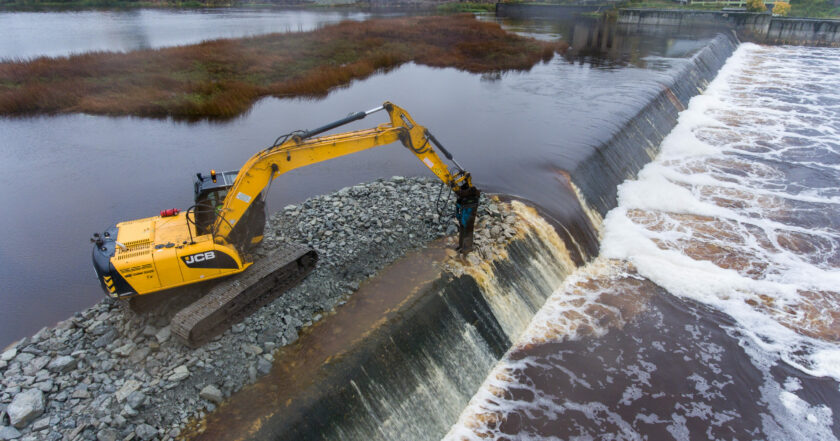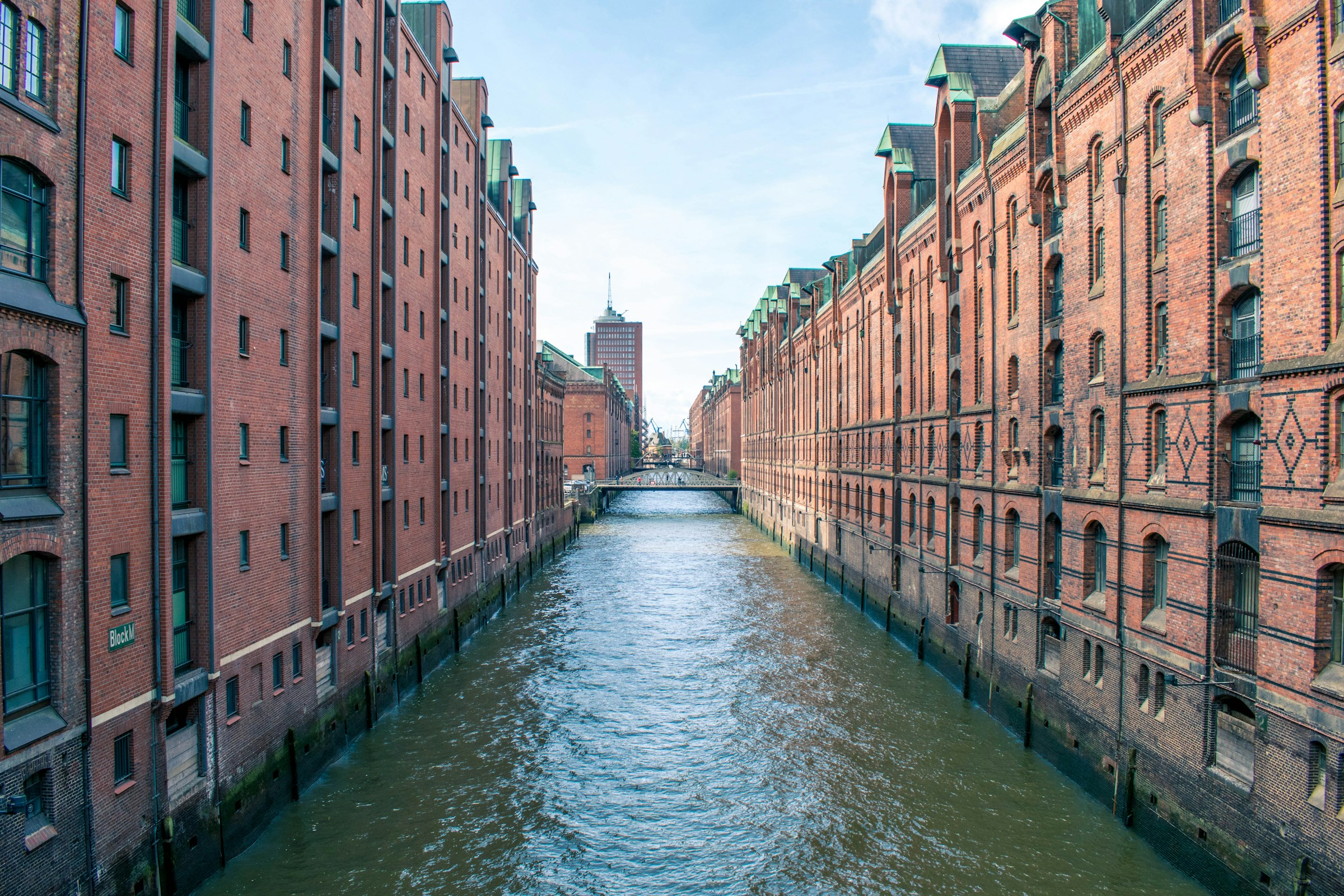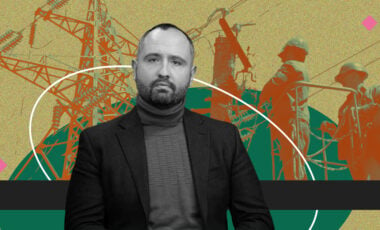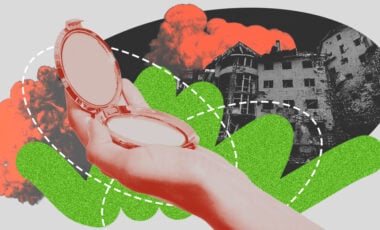WWF-Ukraine explains the need to restore rivers

Why restore rivers, and is it possible? WWF-Ukraine explained.
Rubryka reports.
Rivers are among the most vulnerable ecosystems in the world. They play an invaluable role in people's lives but suffer greatly from human activity. Urbanization and the development of agro-industrial complexes have led to the degradation of river ecosystems, especially in urban and industrial zones. They can no longer act as natural buffers that protect people from the negative effects of climate change, replenish groundwater supplies, and support biodiversity.

As a result, humanity today faces an urgent need to restore river ecosystems to their natural state. Experts from the World Wide Fund for Nature Ukraine (WWF-Ukraine) explain that only healthy rivers can ensure the provision of vital ecological services such as water filtration, control of extreme events such as droughts and floods, and erosion prevention.

Why restore rivers?
Rivers and their catchments have been significantly affected by human activity since industrialization.
Straightening and channelizing rivers, concreting banks, regulating river flow, draining swamps, felling forests on valley slopes, plowing floodplains and catchments, developing coastal areas, and expanding settlements have negative impacts on the health of river ecosystems.

In addition, forest fires and deforestation increase soil erosion and impair water flow, especially during extreme weather events, which are becoming more frequent due to climate change. The so-called gray infrastructure —dams, canals, and concreted riverbeds — instead of protecting the surrounding areas from flooding often increases this risk.
For its part, the degradation of rivers leads to the loss of the habitat of many species of animals, that is, the loss of biodiversity. It also affects the quality of our drinking water. Rivers that have undergone significant modifications are often less resistant to droughts and floods. After all, the ability of river ecosystems, in particular, floodplains, to accumulate and retain flood water and, at the same time, replenish groundwater reserves is significantly reduced due to human influence. In addition, restoring rivers is an important measure for mitigating the consequences of climate change and ensuring the population's health.

The degradation of river systems has become so significant that there is an urgent need not only to preserve but also to restore these systems. Complete restoration of river processes often becomes unattainable due to irreversible changes in the catchment basin and socio-economic dependence on already functioning hydrotechnical structures. However, river ecosystems are distinguished by their dynamism and impressive capacity for self-regeneration. "It is only necessary to create the conditions for this," says Oksana Konovalenko, the head of the water department of WWF-Ukraine.
Ukraine undertook the implementation of the EU Water Framework Directive
The signing of the Association Agreement between Ukraine and the European Union and its member states, which took place in 2014, obliges Ukraine to implement European standards in various spheres of public life, including water resources management, water protection, and the fight against water pollution. In particular, Ukraine undertook the implementation of the provisions of the EU Water Framework Directive (EU WFD), which provides for the achievement of good water quality in their water bodies by the countries of the European Union. Currently, the process of implementing the provisions of the EU WFD into the Water Code of Ukraine is underway.

How to restore river ecosystems?
The tradition of "subjugating" rivers with the help of so-called gray (that is, artificial) infrastructure has led to sometimes irreversible processes: loss of biodiversity, deterioration of drinking water, increased floods and droughts, and low water, which are becoming more frequent due to climate change.
Nature-based solutions (NbS) is an approach that involves cooperation with nature by restoring natural ecosystems. Such solutions include river restoration — returning rivers to a more natural state.
There are several ways to restore river ecosystems, depending on the severity of damage to the ecosystem. The most common methods include:
- Restoration of coastal zones
Coastal zones are not only home to many species of plants and animals but also act as natural filters that trap various pollutants. Planting trees in degraded areas will help restore these critical buffer zones, ultimately restoring biodiversity and improving water quality.
- Restoration of floodplains and wetlands
These systems serve as natural barriers against flooding. In particular, floodplains serve as natural reservoirs for floodwaters, absorbing excess water during heavy rains or snowmelt. Floodplains and wetlands also act as natural filters that clean water from pollution.
Due to large-scale drainage projects and urbanization, wetlands and floodplains are among the most vulnerable ecosystems in the world.
- Removal of artificial barriers to the free flow of rivers
European rivers are highly fragmented. Throughout Europe, there are thousands of artificial barriers left over from human activity of the last century, which have not been used for a long time.
The EU Biodiversity Strategy aims to free 25,000 km of rivers from artificial barriers by 2030.
In particular, the pan-European project Open Rivers is designed to investigate the existing obstacles to restoring the free flow of rivers within the entire Danube basin. The project is being implemented with the support of the European grant organization Open Rivers Program and within the European movement "Living Rivers Europe." WWF-Ukraine and the Prut and Siret River Basin Water Resources Management joined joint efforts within this project at the beginning of 2024.
- Restoration of river meanders
Straightening riverbeds is a common practice used to increase space, improve drainage, and increase water-carrying capacity to protect against flooding. However, artificially straightened rivers, on the contrary, lose their natural resistance, which leads to rapid flooding during floods downstream. In addition, winding rivers clean the water of pollution better and create all the conditions for biodiversity.
Healthy rivers provide us with clean water, protect us from the effects of climate change, and mitigate the effects of droughts, floods, and other natural disasters. Restoring rivers is an investment in our future and health.
We remind you that a joint project between the World Wildlife Fund Ukraine (WWF-Ukraine) and the Basin Management of Water Resources of the Prut and Siret rivers began in 2024.





















































